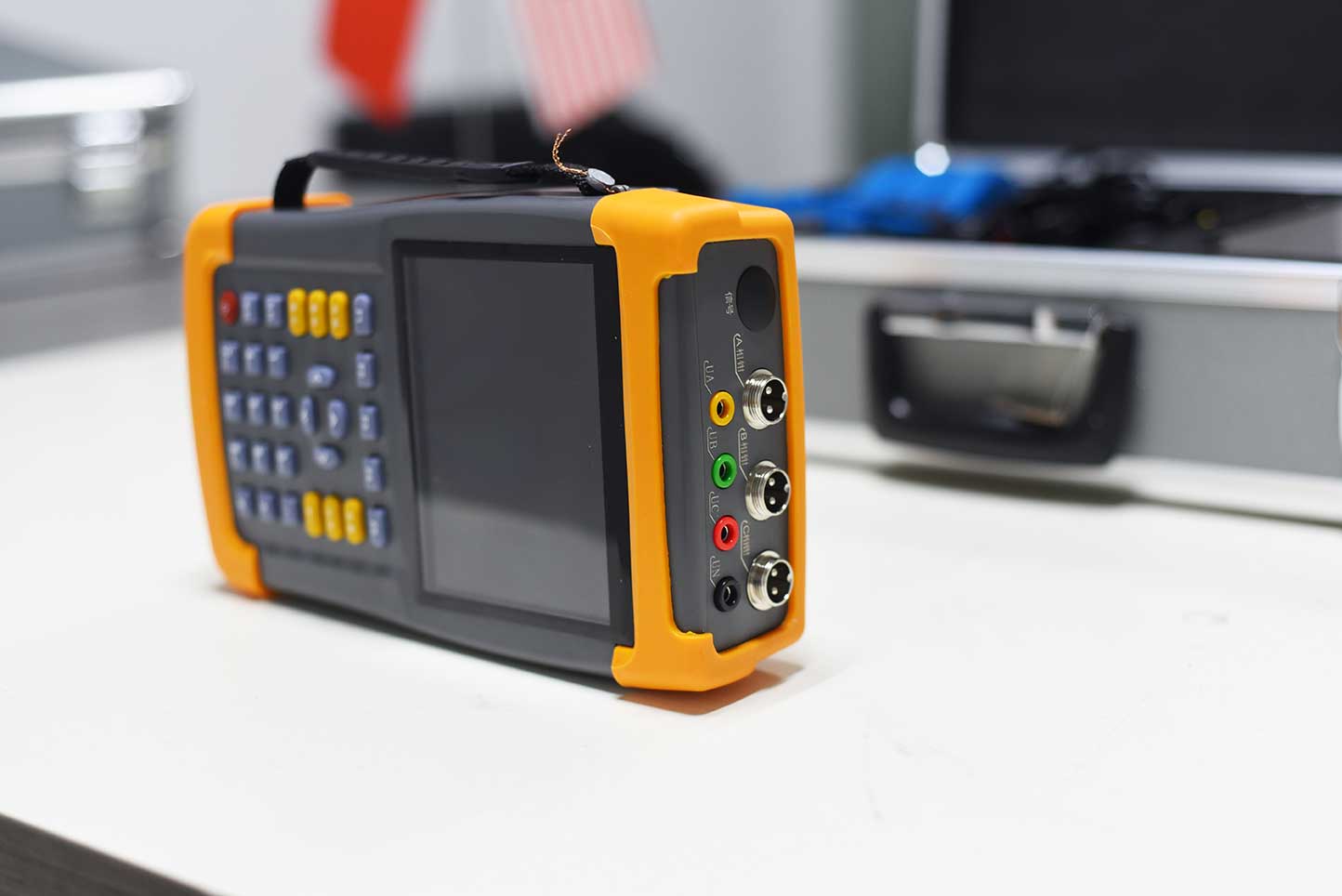When verifying power frequency interference, the power quality analyzer mainly focuses on its ability to detect and process power frequency signals in the power grid. The following are some suggested steps and methods for verifying the power frequency interference detection performance of power quality analyzers:
1. Signal source preparation: Firstly, it is necessary to prepare a stable power frequency signal source, such as using a standard power supply or signal generator to generate accurate 50Hz (or 60Hz, depending on the region) power frequency signals.
2. Connection and setup: Connect the signal source to the input port of the power quality analyzer and ensure that the analyzer's settings are correct, including sampling rate, measurement range, filter, etc.
3. Signal measurement: Start the power quality analyzer to measure the power frequency parameters of the signal source, such as voltage, current, frequency, etc. Record and analyze the stability and accuracy of these parameters.
4. Introduction of interference: Artificially introducing power frequency interference into a signal source, such as by increasing harmonic components, changing signal frequency or phase, etc. These interferences should simulate various power frequency interference situations that may occur in the actual power grid.
5. Interference detection: Observe the response of the power quality analyzer after introducing interference. It should be able to accurately detect the presence of interference and provide corresponding measurement results and analysis reports. At the same time, the anti-interference ability of the analyzer should also be verified, that is, it should be able to maintain measurement stability and accuracy in an interference environment.
6. Result analysis: Detailed analysis of measurement results, including comparison with standard or theoretical values, error analysis, etc. Evaluate the detection performance and accuracy of the power quality analyzer under power frequency interference.
7. Report and Record: Record the verification process and results in the report, including the equipment used, testing methods, measurement data, analysis results, etc. This will help to continuously monitor and improve the performance of the power quality analyzer in the future.
It should be noted that during the verification process, it should be ensured that the equipment and instruments used comply with relevant standards and requirements, and the operation process should be strictly carried out in accordance with relevant regulations. In addition, the power quality analyzer should be calibrated and maintained regularly to ensure its long-term stable performance.

Kvtester Electronics Technology Co.,Ltd. is a high-tech enterprise specializing in power testing, testing, research and development, production, and sales of testing equipment. It has been engaged in the electrical testing industry for many years, and its products are of high quality. We welcome customers to come and purchase. Service hotline: 0086-27-81778799, to learn more, visit the official website: www.kvtester.com





